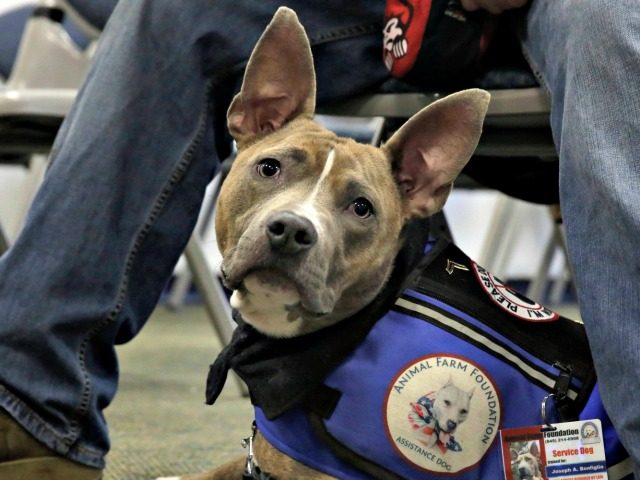The future of air travel for emotional support animals is in question after a lawsuit was brought against Delta by Marlin Jackson, who was severely mauled by an emotional support dog on a Delta flight in June 2017.
According to the lawsuit, Jackson had a window seat and was forced to squeeze by passenger Ronald Mundy, who was holding a large Labrador mix on his lap. This is in violation of Delta’s policy that larger animals should receive special seating accommodations or be secured on the floor. As the dog began growling at Jackson, Mundy assured him that he could safety pass the dog to get to his seat. Instead, it attacked and pinned Jackson against the window while biting his face. Jackson suffered permanent scarring and injuries, with 28 stitches required on his face and upper body. It was later found out that Delta did not verify the dog’s status as an emotional support animal.
In response to this incident, Delta updated its emotional support animal policy in 2018. The airline now requires a ‘confirmation of animal training’ form in addition to other official documentation. They have also banned pit bulls and animals under four months of age as service or support animals.
Ultimately, the goal is for travelers and flight crews to arrive at their intended destination free from conflict. Emotional support animals may ease anxiety for those with a fear of flying, but they can pose problems for passengers who might be allergic to or afraid of the animals.
The American Veterinary Medical Association defines emotional support animals as, “an animal of any species, the use of which is supported by a qualified physician, psychiatrist or other mental health professional based upon a disability-related need. An ESA does not have to be trained to perform any particular task.” The lack of training requirement is one major difference between ESAs and service animals, which are trained to perform tasks for disabled individuals and protected under the Americans with Disabilities Act.
According to the U.S. Department of Transportation, the Air Carrier Access Act governs service animals and emotional support animals, and airlines “cannot refuse to allow your animal onboard because it makes other passengers or flight crew uncomfortable.” You’ll notice that service animals are lumped together with emotional support animals in this guidance, even though the two types of support animals serve distinctly different purposes.
This leaves airlines free to set restrictions for ESAs that may differ depending on the carrier. This could prove complicated for passengers with emotional support animals who are departing on one airline and returning on another.
The best way to travel responsibly with emotional support animals is to be vigilant in making sure that you meet specific airline requirements and to be respectful of other passengers and flight crews. Be honest about whether your animal is truly providing emotional support during your trip, and be prepared to prove it with a doctor’s note depending on which airline you fly.
Even though your ESA doesn’t require training, it’s probably a good idea to train your animal so that it’s comfortable navigating crowds and won’t react aggressively when approached. If you’re considering getting an emotional support animal, research which breeds would best support your needs and consider a non-allergenic option.





